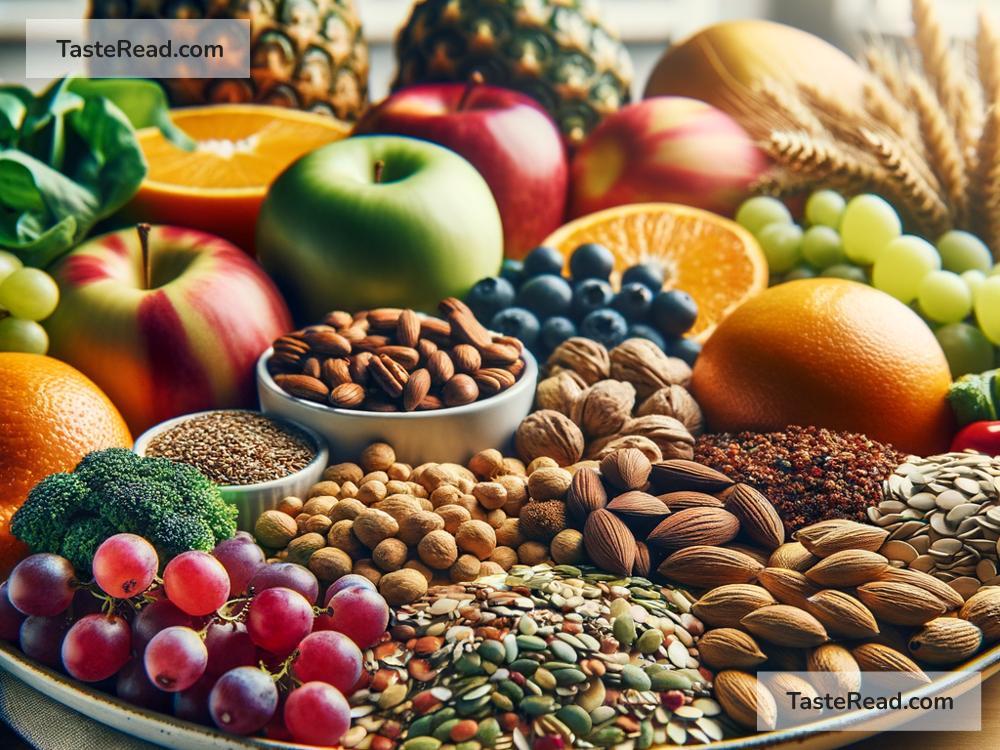Understanding the Role of Dietary Fiber in Health
Eating a healthy diet is important for everyone, but have you ever stopped to think about the role of dietary fiber in your overall health? Dietary fiber may not get as much attention as vitamins or protein, but it’s an essential part of a balanced diet that helps keep your body functioning well. So, what is dietary fiber, and why does it matter so much?
What is Dietary Fiber?
Dietary fiber is a type of carbohydrate found in plants. Unlike other carbs, such as sugar and starch, your body cannot fully break down fiber during digestion. Fiber passes through your digestive system mostly intact, but that doesn’t mean it’s useless — quite the opposite! It helps regulate many important processes in your body, especially in your gut.
There are two types of dietary fiber:
-
Soluble fiber: This type of fiber dissolves in water and forms a gel-like substance in your stomach. It can help lower cholesterol and control blood sugar levels. You’ll find soluble fiber in foods like oats, nuts, seeds, lentils, beans, and certain fruits (like apples and citrus).
-
Insoluble fiber: Insoluble fiber does not dissolve in water but adds bulk to your stool, helping food move through your digestive system easily. You’ll find this type of fiber in whole grains, brown rice, vegetables, and wheat bran.
Most fiber-rich foods contain a mix of both types, giving your body multiple benefits.
The Health Benefits of Fiber
You might wonder, “Why do I need fiber? What’s the big deal?” The truth is, fiber plays a huge role in keeping your body healthy. Here’s a closer look at the ways dietary fiber helps:
1. Supports Healthy Digestion
Fiber is like a natural aid for your digestive system. Insoluble fiber adds bulk to your stool and helps it move through your intestines smoothly, reducing the chances of constipation. If you’ve ever felt bloated or sluggish after a meal, eating a fiber-rich diet can help you feel lighter and more regular.
2. Promotes Gut Health
Your gut is home to trillions of tiny microorganisms, collectively known as your gut microbiome. These good bacteria play a key role in your overall health. Soluble fiber acts as food for these bacteria, helping them thrive. A healthy gut microbiome is linked to better digestion, stronger immunity, and even mental well-being.
3. Helps Manage Weight
Fiber can be a powerful tool if you’re trying to maintain or lose weight. High-fiber foods are often more filling, meaning you eat less and stay satisfied longer. Soluble fiber forms a gel in your stomach, which slows down digestion and helps control hunger.
4. Regulates Blood Sugar Levels
For people with or at risk of diabetes, fiber’s ability to regulate blood sugar is incredibly helpful. Soluble fiber slows down the absorption of sugar into your bloodstream, preventing sudden spikes in blood sugar levels. Foods high in fiber are a smart choice for keeping your blood sugar stable.
5. Lowers Cholesterol
Soluble fiber also binds to cholesterol in your digestive system, helping to remove it from your body. This can lead to lower levels of “bad” LDL cholesterol, improving heart health and reducing the risk of heart disease in the long run.
6. Reduces the Risk of Certain Diseases
Eating a diet rich in dietary fiber can have long-term benefits. Research suggests that high fiber intake may reduce the risk of developing diseases like heart disease, type 2 diabetes, and even certain types of cancer, such as colon cancer.
How Much Fiber Do You Need?
The recommended amount of fiber depends on your age and gender. Adults should aim for about:
- Men: 30–38 grams per day
- Women: 21–25 grams per day
However, studies show that most people don’t get enough fiber in their diets. On average, people eat only about 15 grams of fiber a day—much lower than the recommended amount. This is why it’s important to actively include more fiber-rich foods in your meals.
Tips for Adding More Fiber to Your Diet
Getting enough fiber doesn’t have to be complicated. Here are some simple ways to add more fiber to your meals:
-
Eat whole grains: Swap white bread, rice, and pasta for whole-grain options like whole wheat bread, brown rice, quinoa, or oatmeal.
-
Snack smart: Choose fiber-rich snacks like fruits (apples, pears, berries) or vegetables (carrot sticks, celery) instead of chips or cookies.
-
Add beans and lentils: Incorporate beans, lentils, and chickpeas into soups, salads, or stir-fries.
-
Keep the skins on: Fruits and vegetables like apples, potatoes, and cucumbers have extra fiber in their skins, so don’t peel them if you don’t have to.
-
Start small: If you’re not used to eating a lot of fiber, add it gradually to your diet. Sudden increases in fiber can cause bloating or discomfort, so take it slow and drink plenty of water to help.
A Balanced Diet is Key
While fiber is incredibly beneficial, it’s important to pair it with other nutrients for a well-rounded diet. Eating a variety of fruits, vegetables, whole grains, lean proteins, and healthy fats will ensure your body gets everything it needs to thrive.
Final Thoughts
Dietary fiber is often overlooked, but it’s a true powerhouse for your health. From keeping your digestion smooth to protecting your heart and helping you stay full, fiber has a wide range of benefits that make it essential for a healthy lifestyle. By including more fiber-rich foods in your daily diet, you can take a simple yet effective step toward feeling great and staying healthy. So why wait? Start adding more fiber to your meals today and give your health the boost it deserves.


